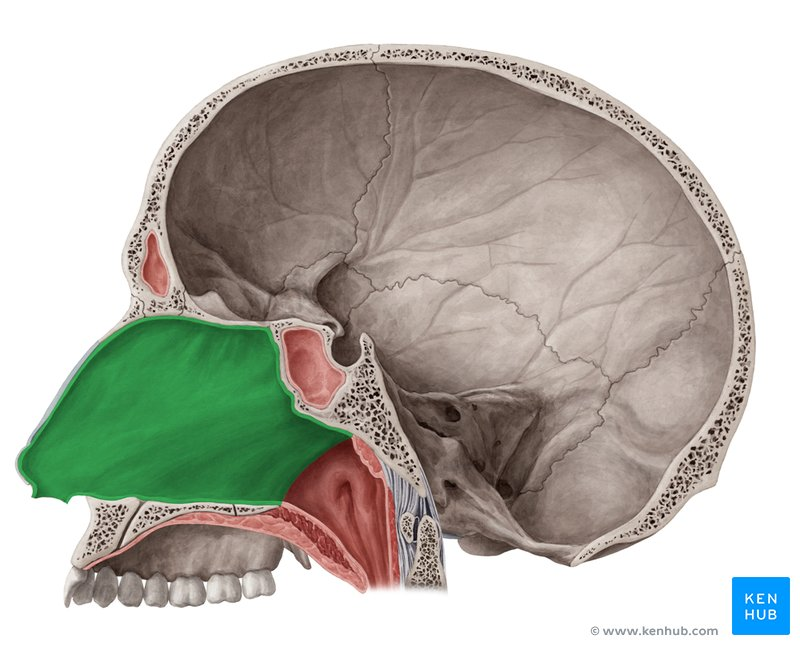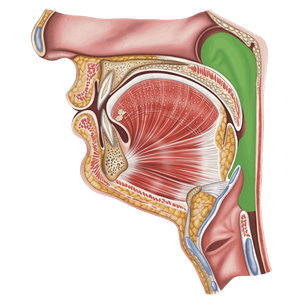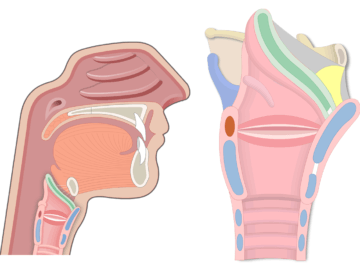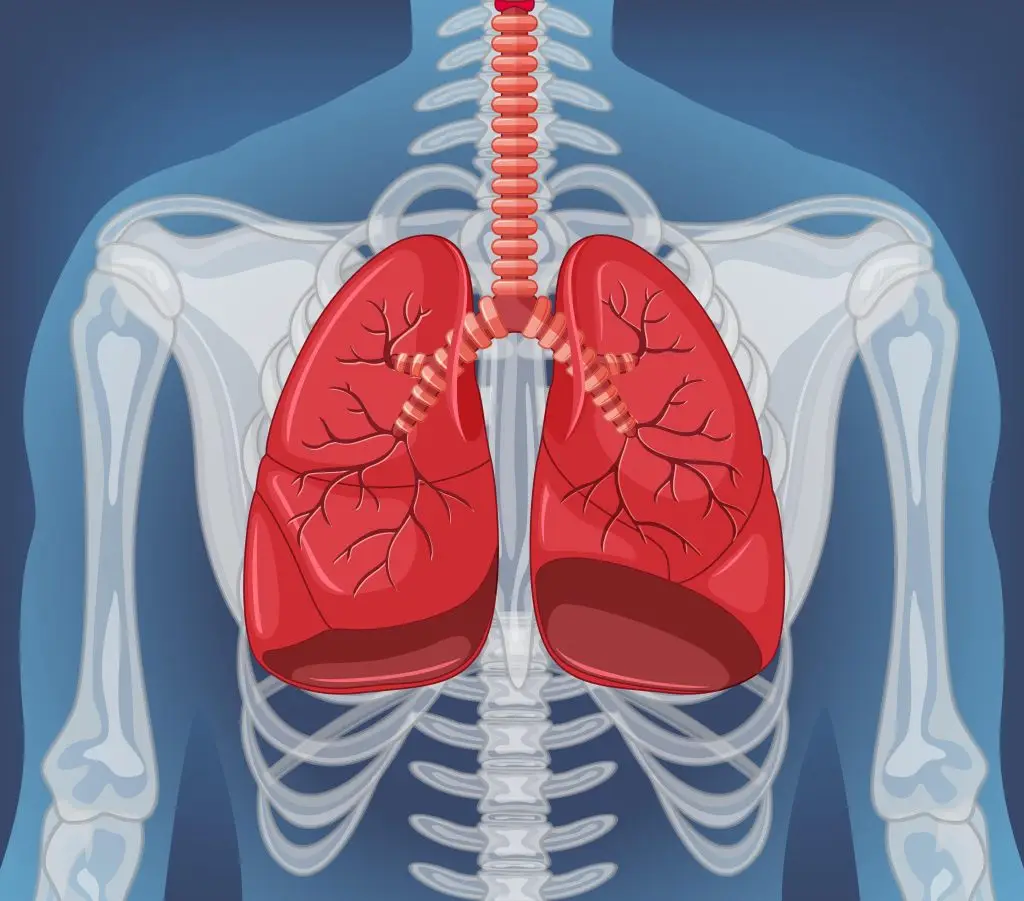Respiratory & Circulatory Systems
1/19
There's no tags or description
Looks like no tags are added yet.
Name | Mastery | Learn | Test | Matching | Spaced |
|---|
No study sessions yet.
20 Terms
Nasal Cavity
Uppermost part of respiratory system; functions to warm and moisten air

External Nares
Nostrils
Pharynx
Throat

Epiglottis
Piece of cartilage in the throat that protects the airway during swallowing (in green)

Oropharynx
Space behind the mouth
Larynx
Voice box; located just above trachea and esophagus
Bronchi
Large tubes air travels down to reach the lungs
Lungs

Bronchioles
Small branches of the bronchi; delivers air to the alveoli
Alveoli
Tiny air sacs of the lungs where gas exchange takes place
Diaphragm
Muscle sitting below the lungs that controls breathing
Carina
Location where the bronchi split into left and right
Blood flow step 1
Oxygen-poor blood enters the right atrium through both the superior vena cava and the inferior vena cava
Blood flow step 2
As the atrium contracts, blood flows downward through the open tricuspid valve and empties into the right ventricle
Blood flow step 3
The right ventricle contracts and pushes blood through the pulmonary valve which leads to the pulmonary arteries
Blood flow step 4
The pulmonary arteries allow the blood to enter into either the left or right lung where gas exchange teakes place at the capillary level of the alveoli
Blood flow step 5
Oxygen-rich blood returns through the pulmonary veins and enters into the left atrium
Blood flow step 6
The left atrium contracts and squeezes the blood downward through the open mitral valve which empties into the left ventricle
Blood flow step 7
The left ventricle contracts and sends blood upward through the aortic valve into the aorta
Blood flow step 8
The aorta delivers blood to the rest of the body